What is the BARK Ranger Program?
Some people think that being a BARK Ranger means that a dog and their handler get special privileges while in National Parks – quite the opposite! It’s a pledge to follow that particular park’s guidelines on which areas are designated as pet friendly, making sure to clean up pet waste, and to be good advocates for pet policies. These policies are in place to preserve the delicate ecosystems of the national parks and to protect the land for future generations. After completing the particular activity at your participating ranger station, an official BARK Ranger tag or badge may be awarded or be available for purchase as a donation to the park. Now your pup can wear it proudly while exploring the great outdoors!
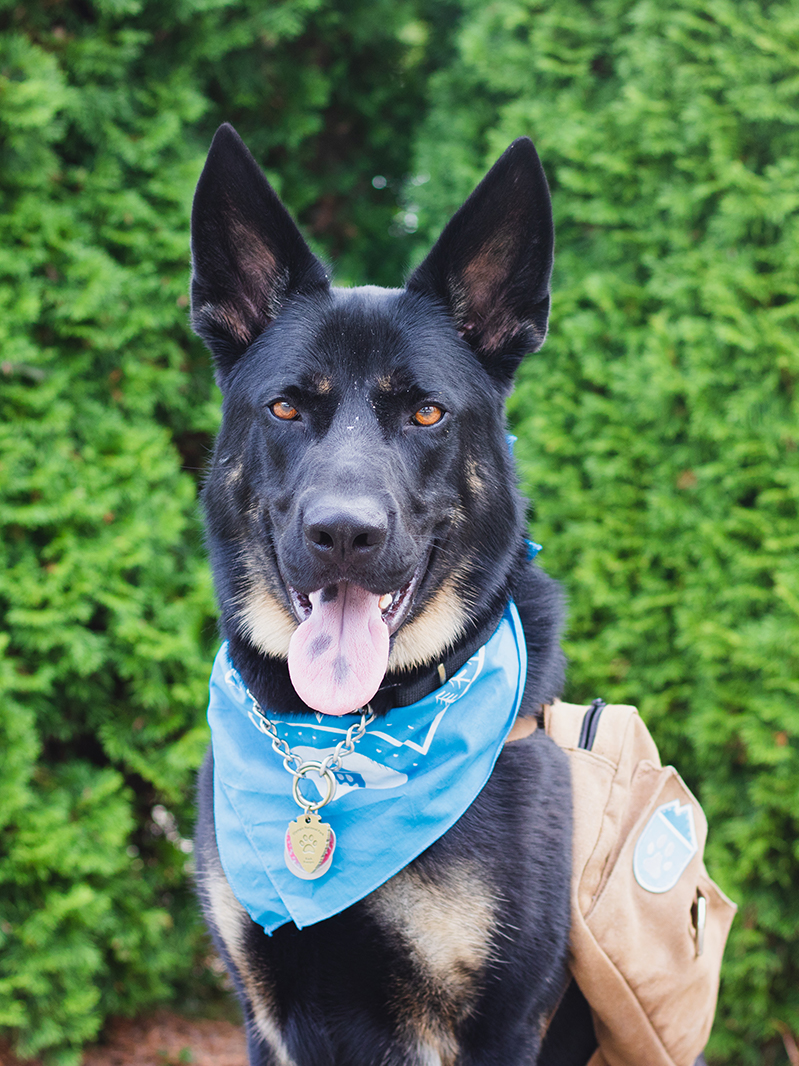
In these pictures, Bark Ranger Milo is holding a steady stay command until he is released to come back to his humans. Oftentimes, his leash is hiding behind him solely for photo purposes. You must use a leash at all times when navigating the park.
What does BARK stand for? And why is it so important?
Participants of the BARK Ranger program pledge to:
Bag your dog’s waste
Always use a leash
Respect wildlife
Know where you can go
B
Bagging your dog’s waste should be common sense. Just because it’s poo and it will degrade, doesn’t mean it belongs on the side of a trail. The first reason is because it will damage the local ecosystem as it breaks down. The second reason is because it is unsightly, smells, and takes away from the experiences of fellow hikers.
Another thing commonly seen is people who go through the trouble of bagging waste, but leaving it behind on the trail. Regardless of any intentions of picking it up on the way back, these poop-bag flowers are more often than not, forgotten and left behind. Consider bringing along an airtight Ziploc bag or a reusable poop container to help you pack it out. If your pup is big enough, they won’t mind carrying it in their own pack – we promise!
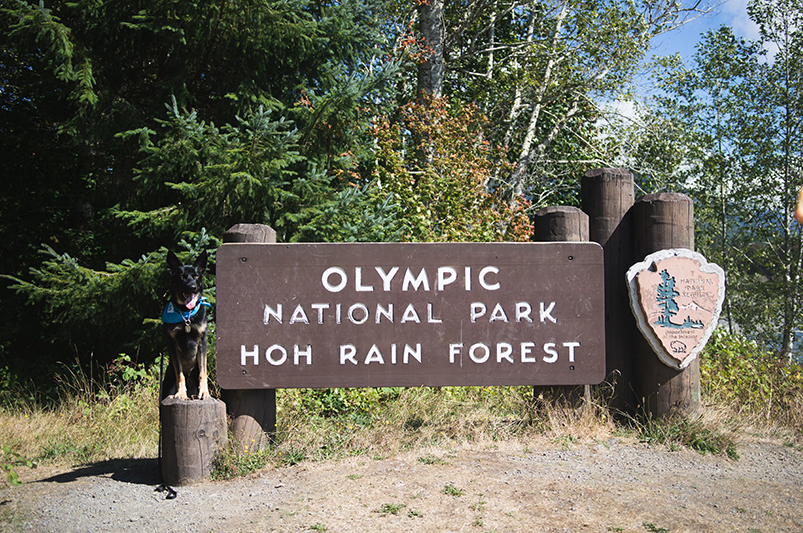
A
Always using a leash may seem like a nuisance to some. We want our dogs to be dogs and enjoy their romp in the wilderness. Nothing is more joyous than seeing their happy faced zoomies!
While most dog owners can completely relate to those sentiments, there is a time and place for off-leash play. Trails are often narrow and shared with other dogs who must be leashed for their own safety, whether that is because of dangerous terrain or health reasons, or because they are fear reactive, anxious, being rehabilitated, or in training. Children or adults who are afraid of dogs will also benefit from fellow hikers leashing their pets. If you see an off-leash dog approaching you in a required leashed area, advocate for your pet and remind the owner that their dog must abide by the rules for everyone’s enjoyment. In all National Parks, official guidelines state that pets must be on a leash no longer than 6 ft. in length and should never be left unattended.
R
Respecting wildlife comes with responsible ownership. Animals of the wilderness are typically not used to seeing other domesticated animals in their home. Predators such as bears, cougars, coyotes may see off-leash pets as prey animals while large herbivores such as mountain goats and elk have been known to injure pets as well. This places both pet and owner in danger, so do not allow your dogs to approach, bark at, chase, or intimidate wildlife.
K
Knowing where you can go means checking beforehand whether your intended hike or natural area is pet friendly – are they allowed on the trails? beaches? campsites? only on paved areas? National Park Paws, National Park websites, and ranger stations are all valuable sources of information for planning your pet-friendly trips in nationally protected lands.
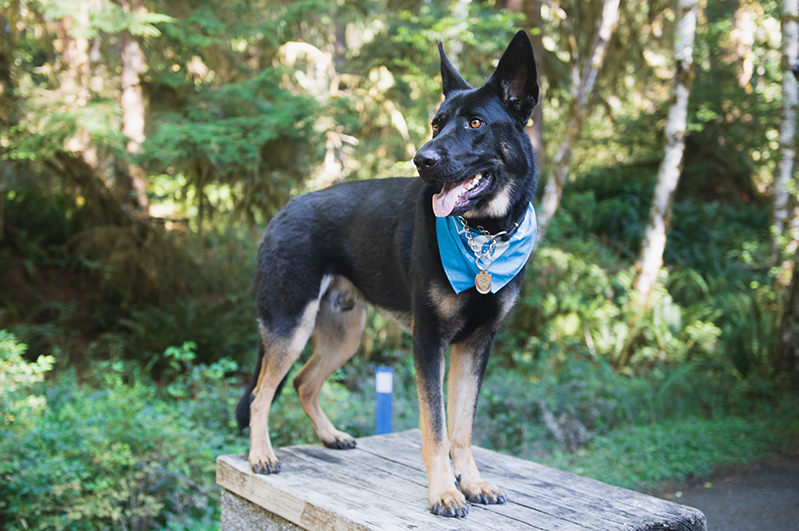
This is so cool! How can MY dog become a BARK Ranger?
Each nationally protected area may have additional site specific needs, depending on the location and ecosystem. Here are some of the places and events that are currently offering BARK Ranger programs:
Montezuma Castle National Monument – Arizona
Petrified Forest National Park – Arizona
Lake Mead National Recreation Area – Arizona
Redwood National Park – California
Eldorado Canyon State Park – Colorado
Acadia National Park – Maine
Salem Maritime National Historic Site – Massachusetts
Essex National Heritage Area – Massachusetts
Indiana Dunes National Park – Michigan
Sleeping Bear Dunes National Lakeshore – Michigan
Gateway Arch National Park – Missouri
George Washington Carver National Monument – Missouri
Glacier National Park – Montana
Learn more about Gracie, the border collie who helps herd mountain goats and deer to help keep park inhabitants wild and visitors safe
Hopewell Culture National Historical Park – Ohio
Friendship Hill National Historic Site – Pennsylvania
Fort Vancouver National Historic Site – Washington
Lowell National Historical Park
Olympic National Park – Washington
San Juan Island National Historical Park – Washington
Devil’s Tower National Monument – Wyoming
Agate Fossil Beds National Monument

Don’t see your local National Park or there aren’t any upcoming BARK Ranger events? Don’t worry – give your ranger station a call! Interest will help further expand the program and rangers may also be able to inform you of future events.
Congratulations! If you are reading this, you and your dog are on your way to becoming excellent BARK Rangers for wherever you go!
Already collecting BARK Ranger tags or have another location for us to add to the list? Let us know in the comments below!
Happy Tails, Happy Trails!
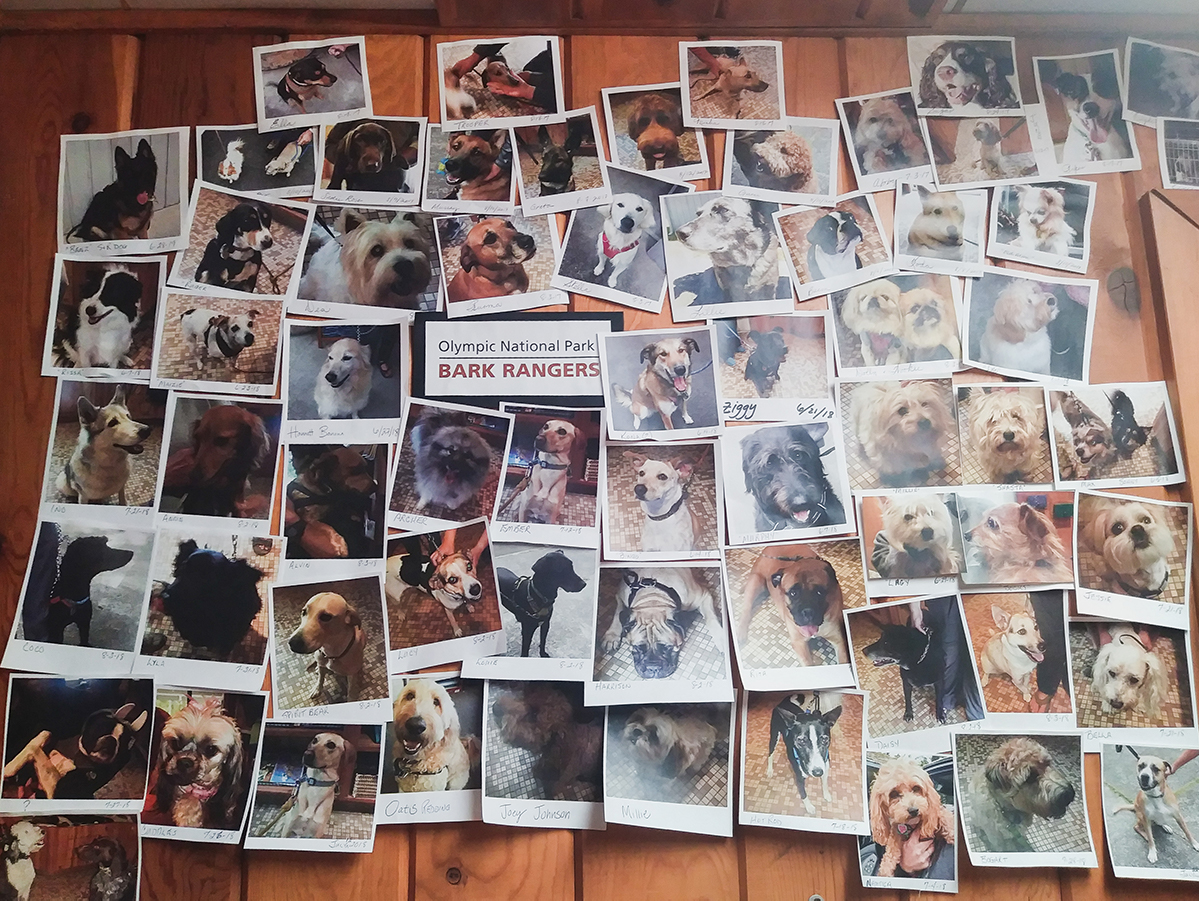

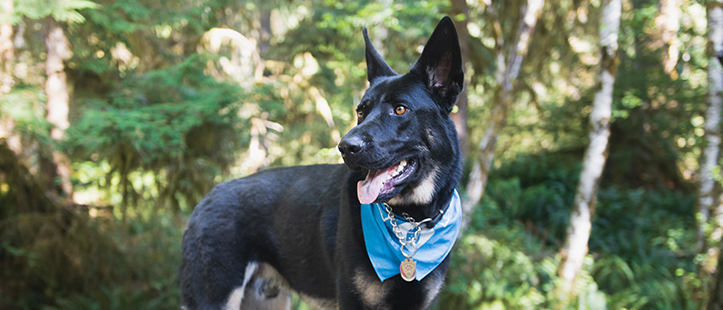
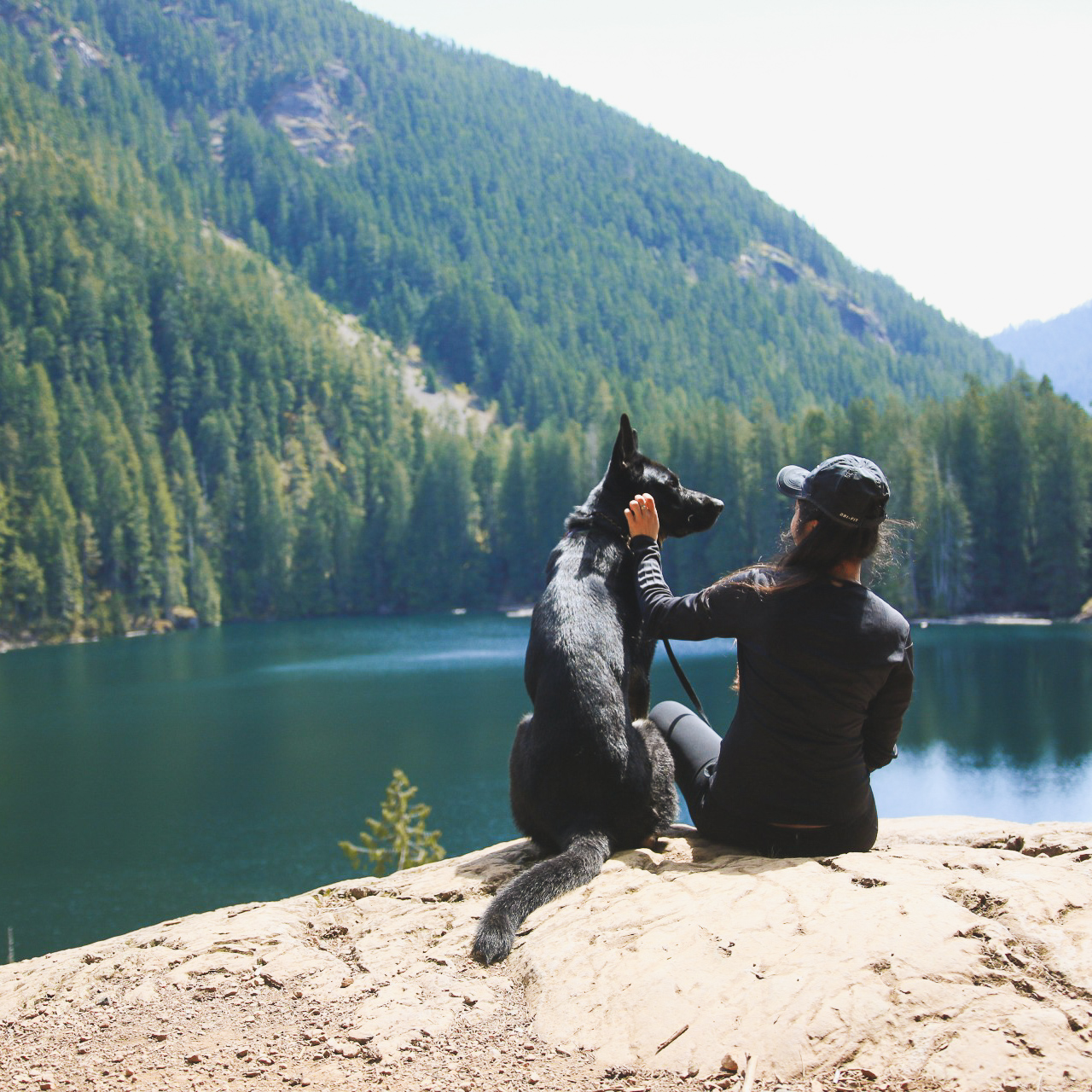

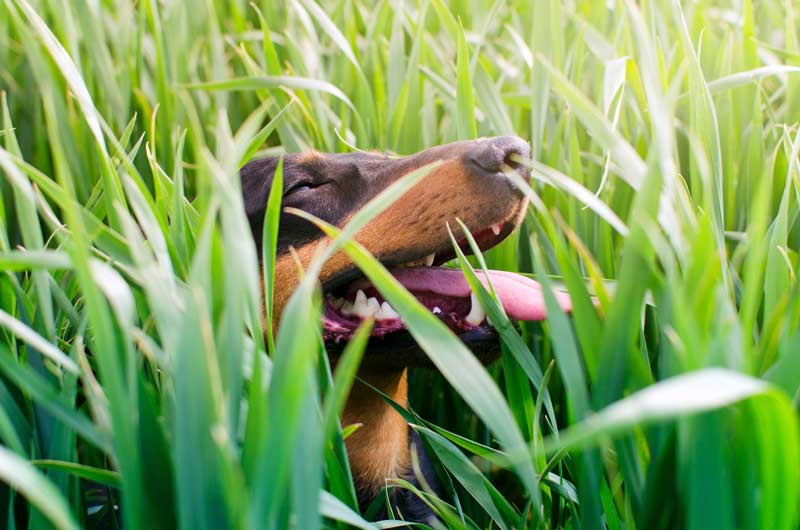
The Real Person!
The Real Person!